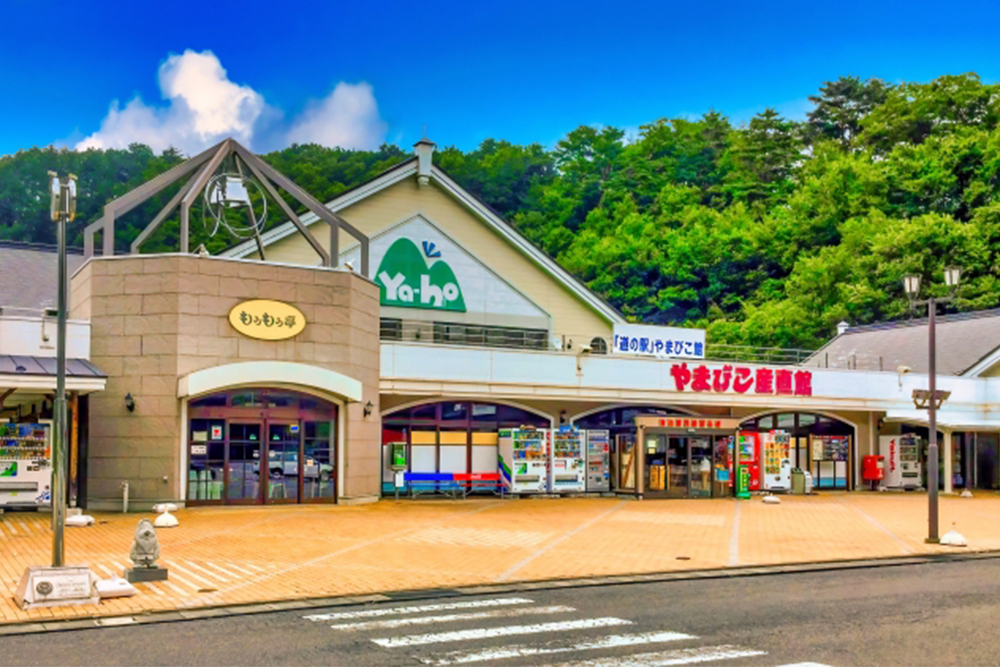Do you like “road movies”? There are many masterpieces, aren’t there? Regardless of the purpose or content, traveling by car, motorcycle, or bus… Along the way, you’ll stop in various strange places, discover exciting things, taste delicious food unique to the region, and have wonderful encounters with something or someone. Even if not having such experiences, spending time in a unusual style can change the way you look at or think about somethings… Well, even without such special things, it’s still wonderful, isn’t it? When traveling abroad, one of the best ways to enjoy your trip is to use public transportation effectively. On the other hand, the style of travel to wherever you want as you please to will be very enticing. If you are going to make such travels, cars and motorcycles are the best means of transportation, right? Hmm, it’s not easy for us Japanese to visit a foreign country and make such travels… In Japan, it may be much safer to make such a travel than in other countries. Well, you’ll have to do some research beforehand on how to rent a car or a motorcycle, and perhaps the differences between the traffic laws in your country. Why don’t you consider your own unique style of travel, like “road movies”?
So, if you are actually traveling around Japan by car or motorcycle, a convenient facility that you will probably have many opportunities to use is the topic of this article, “Michi-no-Eki”. If translating the meaning of “Michi-no-Eki” into English, it would be more like “roadside station”. A “Michi-no-Eki” is a kind of rest stop for drivers on a public road. There are parking lots, restrooms, stores, and restaurants. The facilities are available 24 hours a day, 7 days a week (with exceptions depending on the region and time of year). They are set up and managed by local governments and road administrators, and are registered as road facilities by the Ministry of Land, Infrastructure, Transport and Tourism. In 1970s, service areas (SA) and parking areas (PA) were set up at key locations on highways as rest areas for drivers, but on ordinary roads, there were only drive-ins and stores run by private companies. It was like that until about the 1980s. It was a time of rapid economic growth and rapid increase in the volume of domestic logistics in this country. In addition, the number of opportunities for the general public to use automobiles has increased dramatically. That’s why they had to set up 24-hour free rest areas for drivers on public roads. At the same time, they wanted to help revitalize the region by making it a facility that would also introduce local specialties, sightseeing facilities, and culture. There were several existing facilities of that nature in the region. “Michi-no-Eki” was modeled after these facilities. Since the 1990s, these “Michi-no-Eki” stations have been set up along trunk roads (national roads and major regional roads) all over Japan. Apparently, the facility was very well matched to the various demands. They increased at a great rate. Today, there are 1,187 “Michi-no-Eki” (as of March 2021). Of course, all 47 prefectures have one. Some have very good restaurants attached to them, while others have vast souvenir stores. Some have very clean toilets. There are also places that are famous for their clean toilets or have an observatory. There are also places with hot spring facilities. Each region has its own “Michi-no-Eki” with its own interesting characteristics, which is very interesting!
What’s great about Michi-no-Eki is that you can not only take a break, shop, and eat, but you can also gather information about the culture, industry, and specialties of each region. All of them are located along public roads, so they serve as a place for local people to interact with each other. Of course, there are people from other regions as well, so it would be worthwhile to stop by every time you find one. There are some places that have become a bit of a sightseeing spot. If you are considering traveling by car or motorcycle, please use these facilities.




